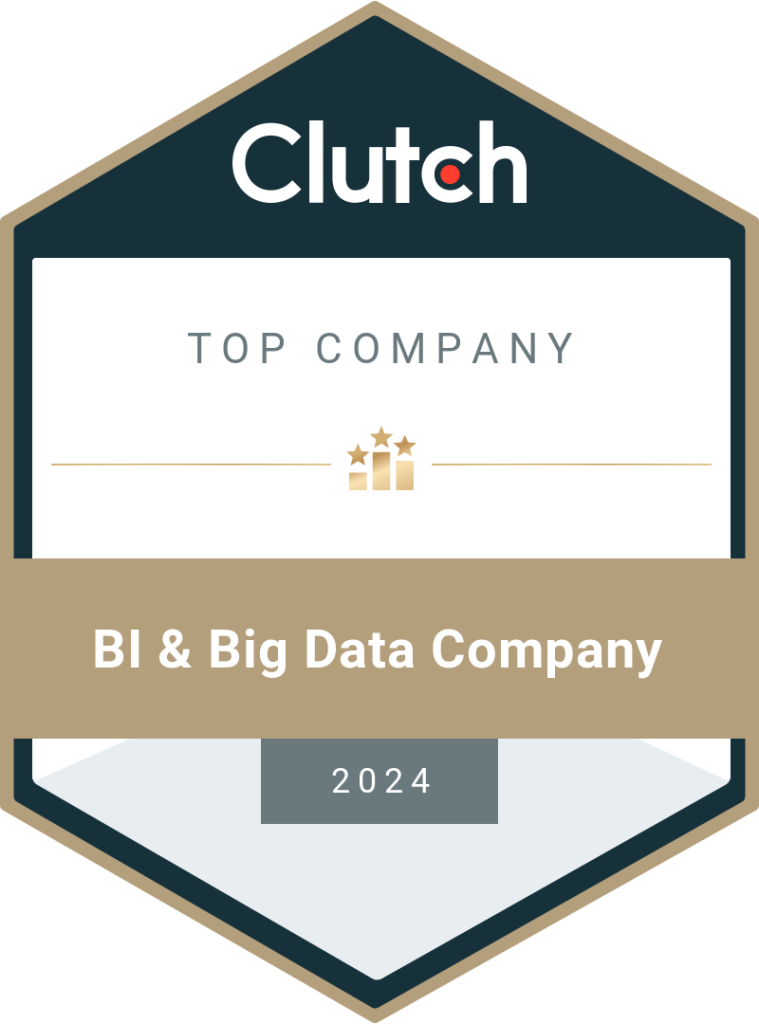Leveraging Power BI in FMCG
Insights derived from retail and eCommerce data can help the FMCG industry in various ways. Business intelligence tools like Power BI are useful in making faster business decisions based on real-time data. Here, we’ll discuss the role of BI in FMCG markets. FMCG (Fast-Moving Consumer Goods) is also known as Consumer-Packaged Goods and deals with a large variety of perishable and durable goods from different industries. From food items to cosmetics, stationery, and groceries, many products are categorized as FMCG. According to Cognitive Market Research, the global FMCG market is estimated to reach $17,939.41 billion by 2030, with a CAGR (compound annual growth rate) of 6.11%. In other statistics, The FMCG’s share is expected to touch 18% this year in Africa. The FMCG market is always bustling with activity online and offline. Countless sales happen each day around the globe. Needless to say, large volumes of data are generated by businesses, vendors, and customers. This data can be analyzed to make better decisions and streamline internal operations. FMCG Business Intelligence is in high demand in the market to derive data-based analytics and insights. Business intelligence is a part of many industries. The global BI software market is expected to touch US$25.73 billion in 2023. In this blog, we’ll read more about the use of analytics and reporting in the FMCG industry and the role of Power BI in delivering insights in real-time. What is the Role of Analytics in FMCG? Digitization The FMCG industry is going digital by adopting the latest technologies and tools to collect, store, and analyze data generated by businesses. This allows for seamless connectivity, greater flexibility, agility, and scalability. Inventory Management Business intelligence companies create exclusive dashboards to provide data visualizations about inventory held by the business at the manufacturing unit, warehouses, stores, and the ones in transit. This enables brands to cater to the changing market demands without running out of stock. Supply Chain The supply chain is vital for the FMCG industry to thrive. We have seen how disruption affected businesses during Covid lockdowns. However, analytics can help businesses prepare for such adverse conditions and minimize losses. Warehouse Operations A smarter warehouse is more effective and can reduce the risk of damage to the stored items. Using warehouse management software and integrating it with data analytics tools will provide real-time insights about stock levels, shipment movement, etc. Logistics and Transport FMCG analytics and reporting dashboards can help businesses plan their deliveries carefully to avoid delays and increase customer satisfaction. Geo-analytics makes it easier to plan the distribution and delivery routes to minimize cost, distance, and time taken for the shipment to reach from one point to another. Personalization Customers demand personalization in today’s world. Brands can offer personalized products, deals, discounts, and loyalty programs by analyzing customer data to understand their preferences. This will increase customer loyalty and attract more consumers to the business. Pricing and Sales The prices of FMCG products are flexible and change based on market demand, quality, availability, etc. Businesses can adopt a proactive pricing model to automatically adjust the prices based on the insights derived from BI tools. How is Power BI Used in the FMCG industry? Microsoft Power BI is a popular business intelligence tool used by many leading businesses from different industries. Companies hire BI consultants to set up the Power BI dashboards and customize them based on business requirements, goals, and metrics. In this section, we’ll see how the tool can be used in the FMCG industry to deliver real-time insights for decision-making. Unified Analytics The FMCG data comes from various sources like legacy systems, IoT (Internet of Things) devices, packaging units, distribution units, warehouses, factories, stores, etc. This data has to be combined and presented in a single dashboard to streamline the business operations. Power BI is used to create a unified dashboard with real-time data updates from several sources. Decision makers can get a macro and micro view of the data from each source and organize the dashboard layout to suit their needs. Monitor KPIs KPIs or Key Performance Indicators are essential for every business and department to track their progress and ensure they are moving in the right direction. Businesses can build Power BI KPI dashboards to track each indicator/ metric with the goals, resources, and other influencing factors. It allows employees to make proactive decisions to achieve weekly/ monthly/ quarterly/ yearly goals based on real-time data. Sales Dashboard How many sales have each product recorded for the defined duration? What is the overall sales value? How is each store performing in reaching the sales targets? The Microsoft Power BI sales dashboard provides answers to many such questions. It keeps the sales and finance departments up to date with the latest information about the stock. This allows employees to plan and implement marketing campaigns at the right time to boost sales. It also shows the weak areas where the business needs to improve to sell more products. Supply Chain Dashboard The FMCG industry cannot afford supply chain disruptions. Reactionary decisions can help with damage control but don’t minimize risk. However, with a supply chain Power BI dashboard, businesses can track the internal and external factors that can cause trouble. The dashboard provides warning signs and alerts to be proactive in avoiding risk and minimizing losses. It also helps choose the best path to optimize resources and maximize returns. From comparing vendors to speeding up deliveries, the dashboard is helpful in many ways. Campaign Analysis Dashboard Power BI in the FMCG industry also helps in streamlining marketing campaigns and analyzing their performance. Many brands in the industry rely on omnichannel marketing to reach out to a wide range of target audiences. This data from multiple sources can be easily collected and analyzed to provide clear reports using the Power BI tool. It is a great way to work on the Marketing Mix Model, where multiple factors, such as price, promotion, market demand, product placement, etc., are used to determine if the campaign is converting into revenue. Demand Forecasting Dashboard Business intelligence is combined
Read More





